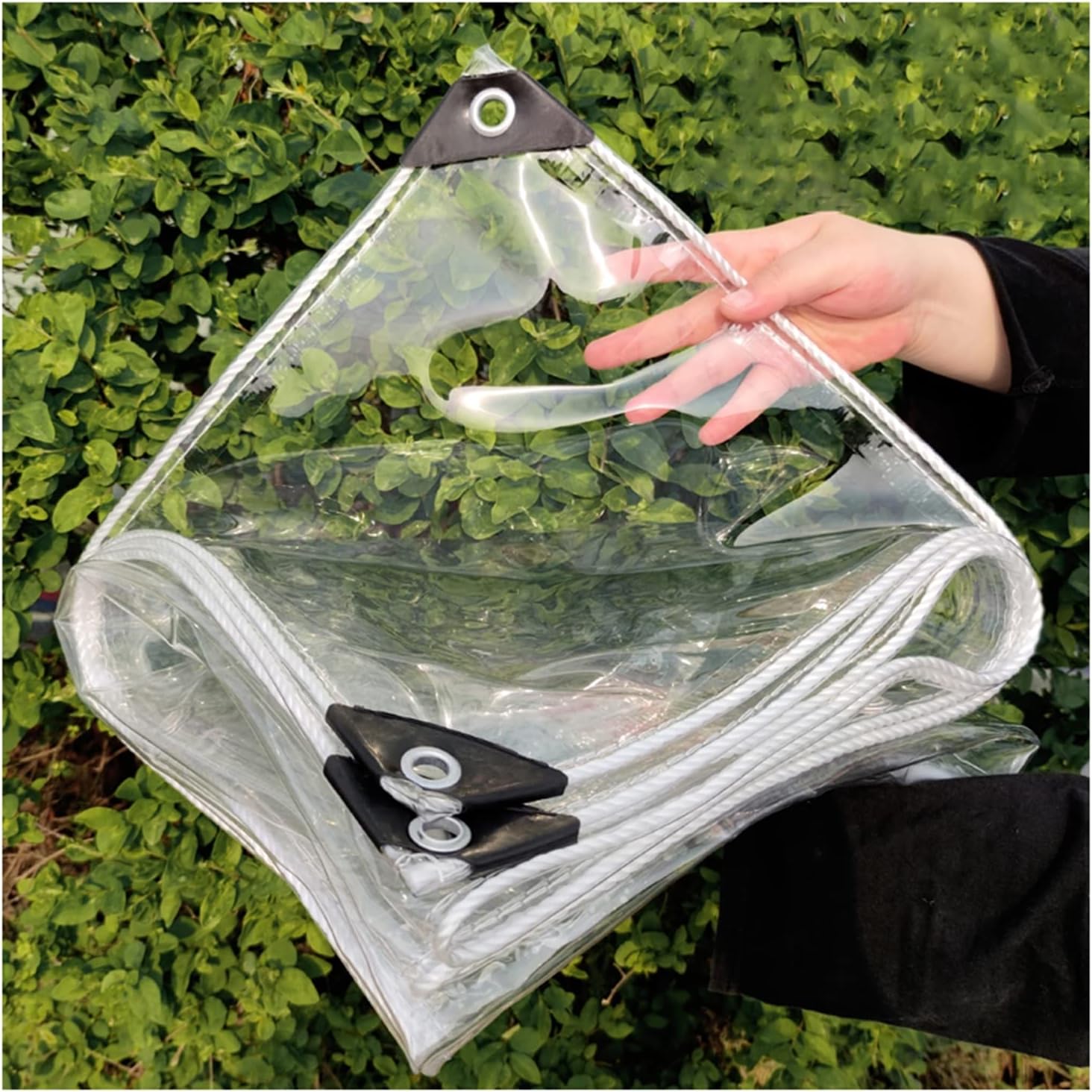Tarpaulin is a versatile material that can provide valuable protection for home gardens and plants. As temperatures fluctuate and unpredictable weather happens more habitually, using tarpaulin to create plant protection has turned into a practical solution for many gardeners. How Tarpaulin Sheet works, the best materials to use, installation techniques, maintenance tips, and other usage ideas.
Why Use Tarpaulin for Plant Protection?
There are reasons why tarpaulin is a go-to material for plant protection. When used properly, tarpaulin can assist plants with thriving by addressing many common gardening challenges.
Protect Plants from Weather Damage
Perhaps the most notable benefit is that tarpaulin creates a barrier from damaging weather. The water-resistant material havens plants from heavy rain that could otherwise wash away valuable topsoil nutrients or leave them vulnerable to rotting. It also protects delicate seedlings, grafts, and youthful plants from wind damage or sun scald.
Shield Plants from Pests and Diseases
By providing a physical separation from overhead and ground level threats, tarpaulin effectively stops many common garden pests. Covering plants with tarp cuts off access courses for insects like cabbage loopers or tomato hornworms that may take care of or lay eggs. It also creates a moisture barrier to prevent fungal diseases triggered by damp, shaded conditions under plants.
Control Temperature and Sun Exposure
Beyond protecting from abrupt temperature swings, tarpaulin gives gardeners precision control over sun and shade amounts. Youthful seedlings or plants recovering from transplant shock can be eased into full sun gradually by lifting one corner of the Clear Tarpaulin each day. Too much direct sun can also be obstructed during the most sweltering afternoon hours. Proper temperature and light levels are critical for healthy development.
Allow Easy Access for Plant Care
With tarpaulin installed, garden tasks like weeding, watering, fertilizing and it are simplified to carry out integrated bother management. This makes caring for covered crops low-effort compared to other season extension strategies.
Choosing the Right Tarpaulin Material
The kind of tarpaulin chose relies upon your particular plant protection needs and spending plan. Here are a few important factors to consider:
Plastic vs. Fabric Tarpaulin
Plastic tarps like polyethylene (PE) or polyvinyl chloride (PVC) are generally durable however non-breathable. They are best for short-term use to shed rain or protect from pests/disease. Fabric tarps made from polyester or vinyl-coated polyester are more breathable for longer-term plantings.
Weight and Thickness for Plant Protection
Heavier plastic tarps can withstand weather for 1-2 seasons while being light/flexible enough for one person to install. Thicker materials resist tearing better compared to thinner options. For overwintering, heavier tarps will last 3-5 years before breaking down.
Measuring and Cutting Your Tarpaulin
Proper measuring guarantees a cozy, effective tarpaulin installation. To cut the material:
Measure Plant Bed or Area
Mark out the perimeter of the area to be covered, accounting for plant development over the long run. Measure length and width, noting any odd shapes that require special cuts.
Add Overlap for Securing Tarpaulin
While measuring, leave extra material beyond the perimeter for secure installation. Typically 6-12 inches of overlap is sufficient on all sides.
Cut Tarpaulin Material
Use tarpaulin shears, box cutter or scissors to cut the material following your measurement markings. Cut in straight lines and corners. Refrain from using nippers which can leave small frayed closes.
Maintaining Your Tarpaulin Plant Protectors
Proper tarpaulin care and maintenance extends its usable life for protecting plants many seasons. Some essential maintenance tasks include:
Inspect Regularly for Damage or Moving Parts
Check the tarp surface and installation points periodically for openings, tears or free stakes. Make repairs quickly before damage worsens. Move any heavy items that could penetrate the tarp after some time.
Clean Periodically to Extend Usefulness
Tenderly wash the tarp using a hose or by spot cleaning especially dirty areas. Diluted bleach water or organic vinegar can assist with removing mold or algae development. Allow it to completely air dry before rolling for storage.
FAQs
What is the best way to secure a tarp?
Stakes are essential along the perimeter, using heavier stakes in high wind areas. Bungee cords or ropes along the sides provide additional tensioning. You can also use heavy articles like bricks or rocks placed directly on the tarp edges. Reinforce points of potential wear with grommets.
Can I leave a tarp on plants permanently?
In general no, as tarps should be lifted occasionally for maintenance. Breathable fabric tarps might actually stay on longer term plantings with certain harvests. Regular inspection is still expected to prevent overheating or moisture build up under the tarp.
How do I prevent condensation under the tarp?
Guarantee adequate airflow can circulate around plants, for example, propping up tarp edges with ropes or stakes. Avoid putting tarps directly on top of plants without some elevation above foliage. Consider a semi-breathable tarp material as well if moisture turns into an issue.
Conclusion
Using tarpaulin is an effective and affordable technique to provide valuable plant protection from an array of climate threats and pests. At the point when the right tarp material is properly measured, cut, and installed with secure stakes or ropes, it can shield vulnerable seedlings, grafts, and garden beds. Beyond weather protection, tarpaulin arrangements enable precision control over temperature, light exposure, and moisture levels surrounding plants.
Read More Articles: https://netblogz.com/
